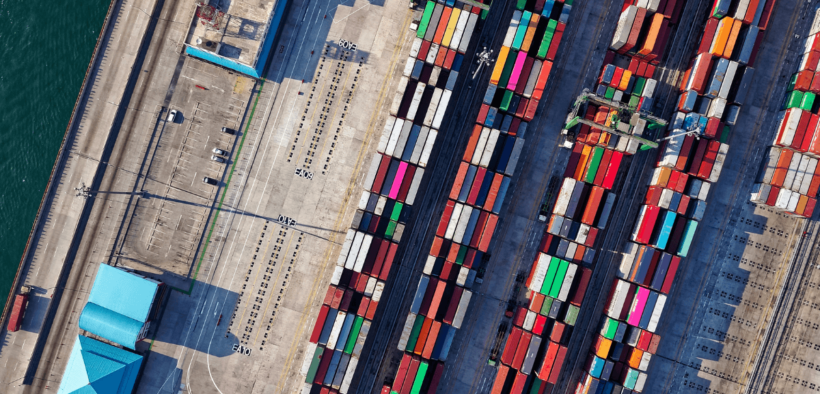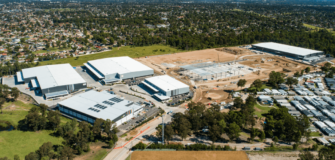Gartner reveals how ‘fit’ and ‘fragile’ supply chains deal with disruption
Share

The coronavirus pandemic has revealed many lessons about supply chains across the globe. Notably, it has highlighted the key differences between organisations with “fit” and “fragile” supply chains, in terms of how they deal with disruption.
Gartner Inc. defines “fit” supply chains as able to move ahead of the competition after dealing with disruptive events, compared to “fragile” supply chains, which fall behind.
According to the research firm, the most fragile focus on short-term survival, while the fittest supply chain organisations see disruptions as inflection points to improve the value that supply chain provides to the business.
“Disruption is not a short-term situation, but a long-term trend that will most likely accelerate as we face climate change impacts, global power balance shifts and more,” said Simon Bailey, senior director analyst with the Gartner Supply Chain practice.
“In the future, disruptions will occur more frequently and supply chains must be able to deal with whatever is coming next,” Bailey said.
He said that some supply chain leaders have understood that already and prepared their organisation accordingly.
Fit supply chains find the most impactful disruptions as those involving fundamental, structural shifts in the context in which the supply chain operates, such as new technologies and changing competitive dynamics.
Fragile supply chains, on the other hand, experience operationally-focussed disruptions, such as demand and supply shifts, as the most impactful. While focusing on these operational challenges, they lose sight of their long-term goals and overlook how structural shifts could help them maximise the value.
“It’s not the type of disruption that determines the supply chain impact. The type of supply chain determines the impact of the disruption,” Bailey explained.
“Fit supply chains excel at focusing on the structural disruption and proactively translating those into competitive advantage,” he said.
He continued that fit supply chains are able to change their organisational design to capitalise on structural shifts and create new value for their customers.
Gartner says that one of the most visible differences between the approach of fit and fragile supply chains to disruption is how they treat their long-term strategies and investments.
For fit supply chains, the focus is on the long term and preserve strategic investments during disruptive events. By contrast, fragile supply chains prioritise current-year performance and cut strategic investments.
“During a disruption, supply chain leaders should try to avoid emergency cost cutting that put both short- and long-term effectiveness at risk,” Bailey said.
“Instead, cost optimisation should be an ongoing effort in the supply chain and cost decisions must take all the operating outcomes across fulfillment, reliability, risk and growth into consideration,” he concluded.















